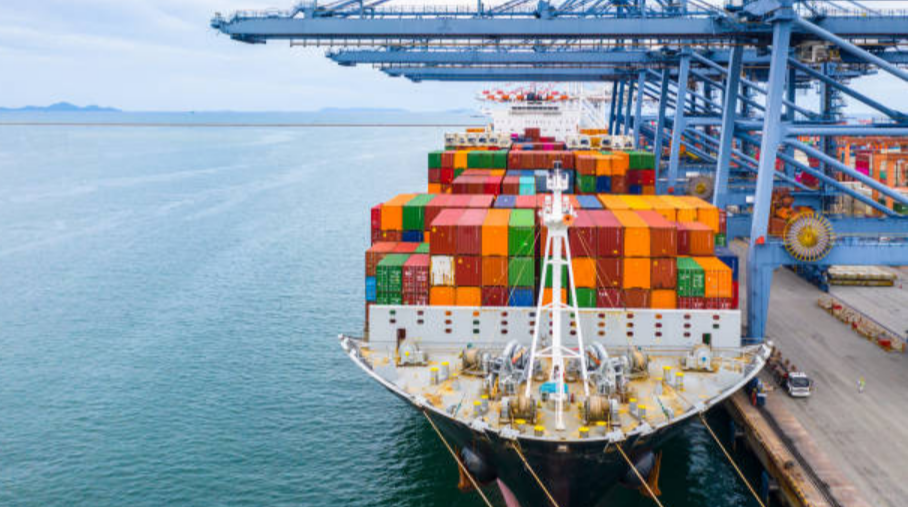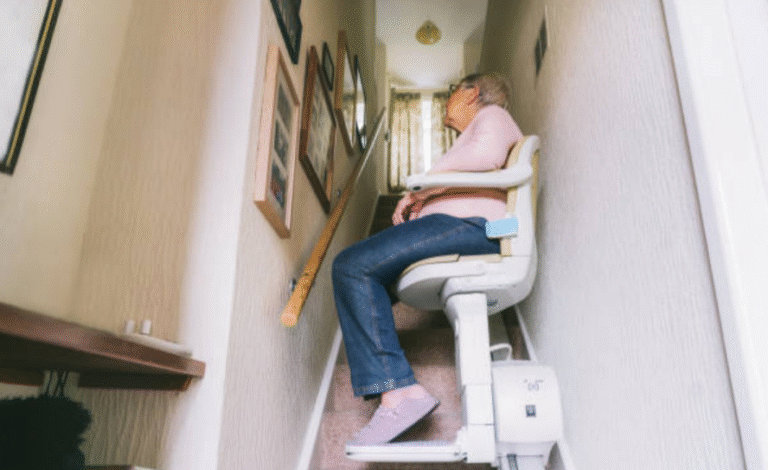What Are the Challenges of Retrofitting Old Jetties to Modern Standards?
Coastal facilities are essential to global trade, travel, and community life. Jetties, access points for vessels, protect shorelines, and are a source of regional pride and history. But many of the world’s jetties are decades old, built to very different engineering expectations and environmental conditions. Now, the renovation of these aging facilities is a pressing concern. Retrofitting older jetties to comply with contemporary safety, environmental, and engineering standards is a daunting prospect. “For those who build jetties, it’s a negotiation between what is there and what can last.
Structural Limitations
Among the main challenges when retrofitting old jetties is that of working within the original structural limitations. Many older construction methods used materials not suitable for long-term durability, such as untreated timber, plain concrete, or stone blocks, which were adequate at the time but do not conform to today’s requirements for durability. Engineers often find unseen deterioration, such as internal corrosion of the steel reinforcement, or subsurface erosion, not visible from the surface.
These inherent weaknesses make retrofitting more difficult and necessitate the team making hard decisions between repair and replacement. In contemporary jetty design, structural integrity is considered from the outset, but with retrofits, engineers are challenged to find solutions within the confines of antiquated designs.
Adapting to Modern Regulations
Coastal management policies and environmental requirements have come a long way in the last several decades. Many old jetties were constructed before the enactment of stringent environmental regulations or modern safety standards. Retrofitting efforts need to be consistent with contemporary standards for habitat protection, storm resiliency, and worker safety. This may involve re-engineering much of the building, incorporating new reinforcements, or including green elements. For those accustomed to contemporary jetty construction, integrating new standards into an old framework presents unique technical and legal challenges.
Environmental and Ecological Concerns
Retrofitting is not only an engineering problem—it is also a biological one. Older jetties may have been built with little thought to sensitive habitats, and may be causing long-term harm to marine ecosystems. In the design of their upgrades, engineers must now consider the potential impacts on seagrass beds, coral reefs, and fish populations. Silt curtains, noise abatement techniques, and environmentally friendly products may also be required as part of mitigation. In contrast to contemporary jetty building, where sustainability can be incorporated in the design from the beginning, retrofitting requires a delicate negotiation of ecosystem protection and infrastructure reinforcement.
Integration of Modern Technology
And the other challenge is how to retrofit modern technology in buildings that never anticipated it. Today’s jetties have intelligent monitoring systems, sophisticated composites, and energy efficient lighting. Retrofitting older buildings to support such innovations can be challenging, as they may not have room for extra wiring, sensors, or modular attachments. Jetty engineers are frequently challenged to be creative, must often develop custom retrofit solutions that allow the technology to be incorporated without undermining the stability of the existing jetty.
Financial Constraints
The cost of adapting an old jetty is often much higher than the cost of building a new one. Inspection, removal of damaged parts, specialist labour, and regulatory compliance can all add up. The historical and functional value of a jetty must be balanced with the financial viability of a retrofit by government and private stakeholders. Contemporary jetty construction projects are usually costed with a modern efficiency in mind; retrofitting a jetty, on the other hand, means trying to budget for the unknown costs associated with working with aged infrastructure.
Logistical Challenges
Jetties are frequently situated in busy ports, tourist areas, or ecologically fragile coasts, making access difficult for retrofit projects. Construction crews have to compete with vessel traffic, tides, and the whims of the weather. Sometimes, temporary closures devastate local economies that rely on fishing or tourism. Whereas new jetty construction can often be planned and scheduled on a greenfield site, retrofitting needs to take account of real-world constraints that may delay work and add cost.
Read Also: Clever Tips That Help You Use Your XL Projector Screen the Right Way from Day One
Preserving Historical and Cultural Value
A lot of the older jetties also have cultural or historical importance. They can be regarded as heritage by the communities, which complicates the matter when it comes to modernization. Retrofitting projects need to walk a fine line: to improve the building for safety and function while maintaining the traditional look and/or the symbolic value. For engineers accustomed to contemporary jetty design, that means a sophisticated approach that honors the past while providing for today’s durability.
Future Outlook
The difficulties in upgrading old jetties underscore the need to think ahead when designing current infrastructure. Contemporary jetty design focuses on strength and flexibility as well as sustainability to minimize expensive future retrofits. Retrofitting existing jetties is still a (relatively) practical but difficult option; one that demands a lot of thought, creative thinking, and cooperation from engineers, community leaders, and regulators.
Conclusion
Upgrading old jetties to contemporary standards is a multifaceted challenge with structural, environmental, financial, and cultural implications. Although new jetty construction can be designed with state-of-the-art design and environmental considerations from the beginning, retrofits require creativity to transform antiquated jetties into jetties you would expect to see in 2050. In the end, these are the projects that ensure we stay resilient with the coast and that we do right by infrastructure that’s been serving communities for generations.


